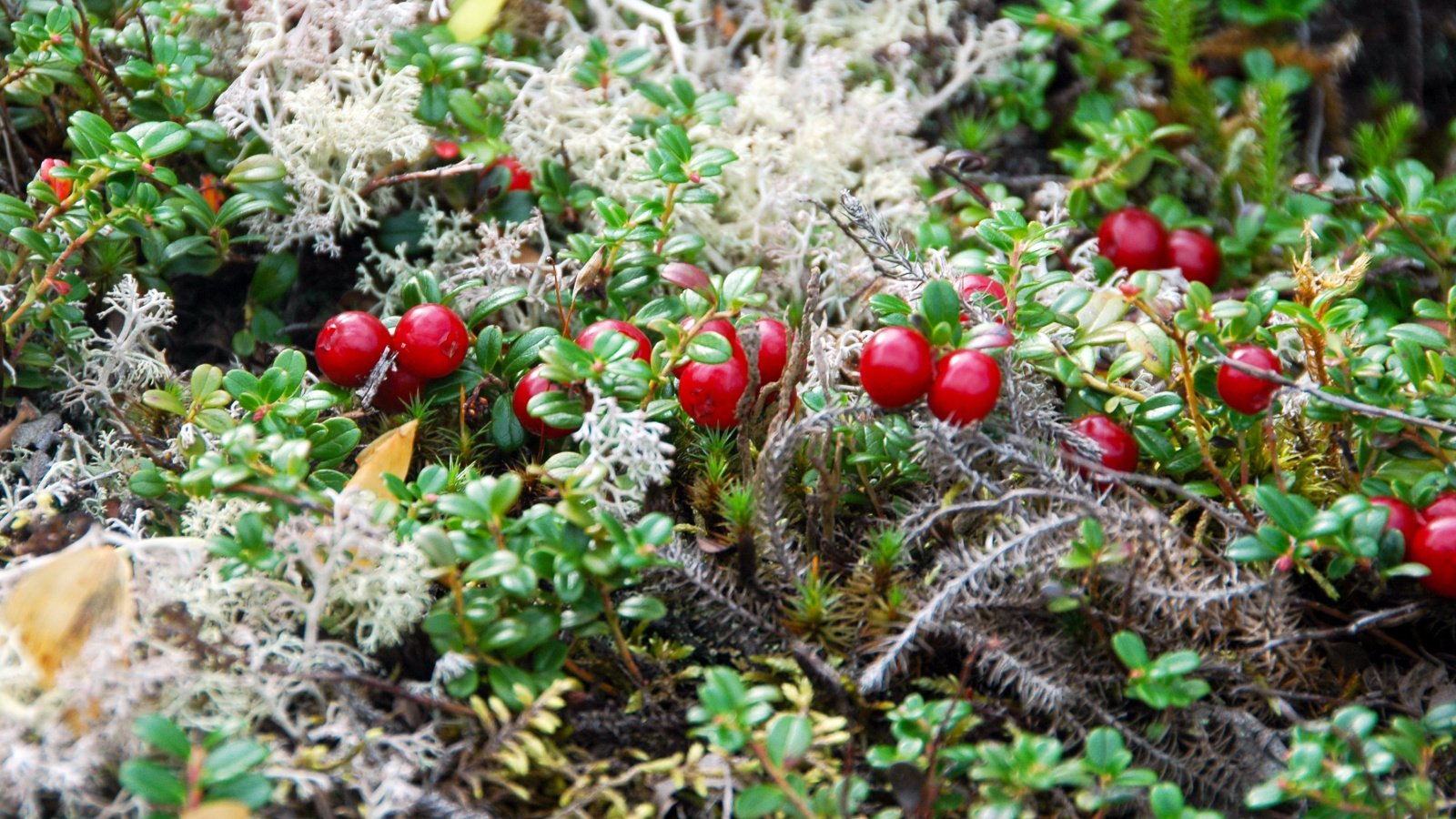A lot of the vegetation I write about favor full photograph voltaic. Nonetheless what about these of us with shady areas? There must be one issue within the market for us, right?
Open air the mannequin new dwelling I’m creating with my affiliate, we now have some stunning rock retaining partitions which are all through the shade quite a few the day. I’ve goals of lush trailing greens and flowering vines hanging over the rocks. I’ve been trying to find the proper flooring cowl for the rocky soil in our native local weather.
In that mild, please profit from this pointers of 17 stunning flooring covers for shady areas I’ve researched so that you just don’t should. Profit from!
Why Should You Cowl the Floor In Your Yard?
I assume you’ve heard that mulching might help the soil retain moisture, suppress weeds, preserve soil in place, and stop erosion. Efficiently, defending the underside spherical a shade yard is not any absolutely utterly completely different! Grass creeps in quick and is hard to eradicate, so when beginning a shade yard, we advocate killing as soon as extra any grass all through the home and beginning with a transparent slate.
Some vegetation don’t concepts being stepped on, making a stupendous inexperienced path, whereas others do appropriately beneath patios and alongside rock partitions. Listed beneath are 17 of our favourite flooring covers that work appropriately in shady areas.
Golden Japanese Stonecrop
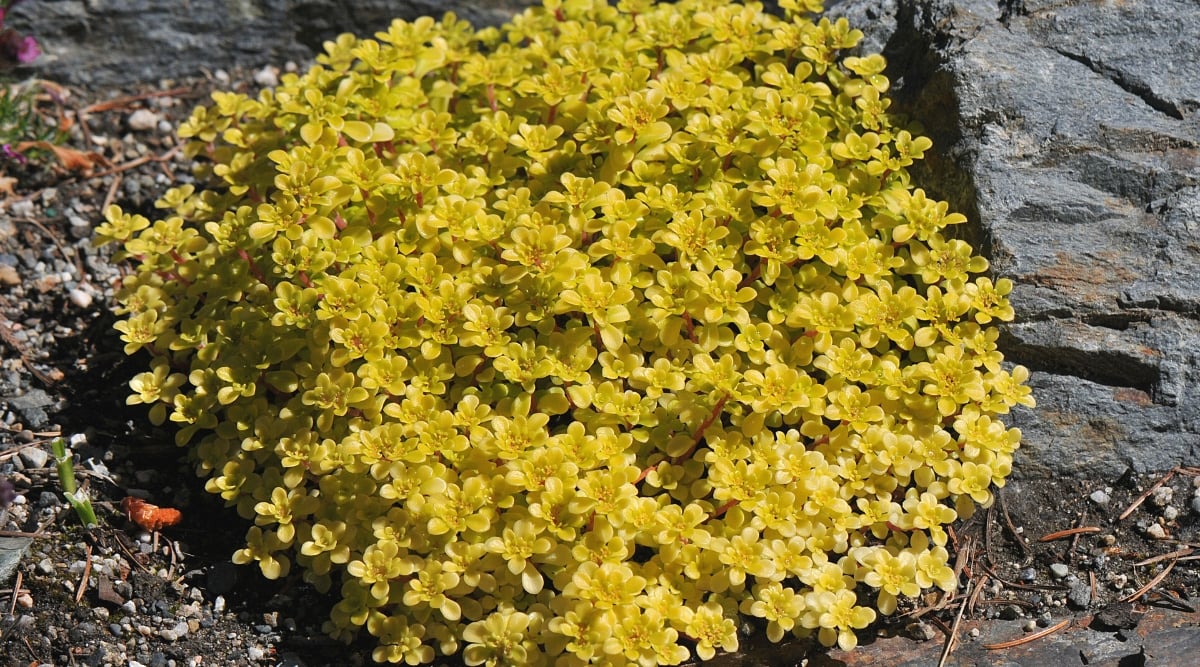

Whereas most sedums require full photograph voltaic to partial shade, ‘Ogon’ can tolerate full shade. Grown principally for its vivid gold greenery, it furthermore blooms throughout the summertime with a yellow flower. All through the autumn, the foliage transitions to a deep reddish-purple.
This distinctive sedum grows low to the underside, nearly three inches tall, forming a dense mat-like cowl. It’s good for a shady rock yard, spherical raised beds, or beneath a patio.
So far as repairs, Golden Japanese Stonecrop gained’t ask a lot from you. It prefers the soil to stay pretty moist nonetheless can also be warmth and drought-tolerant as rapidly as well-established.
Bunchberry
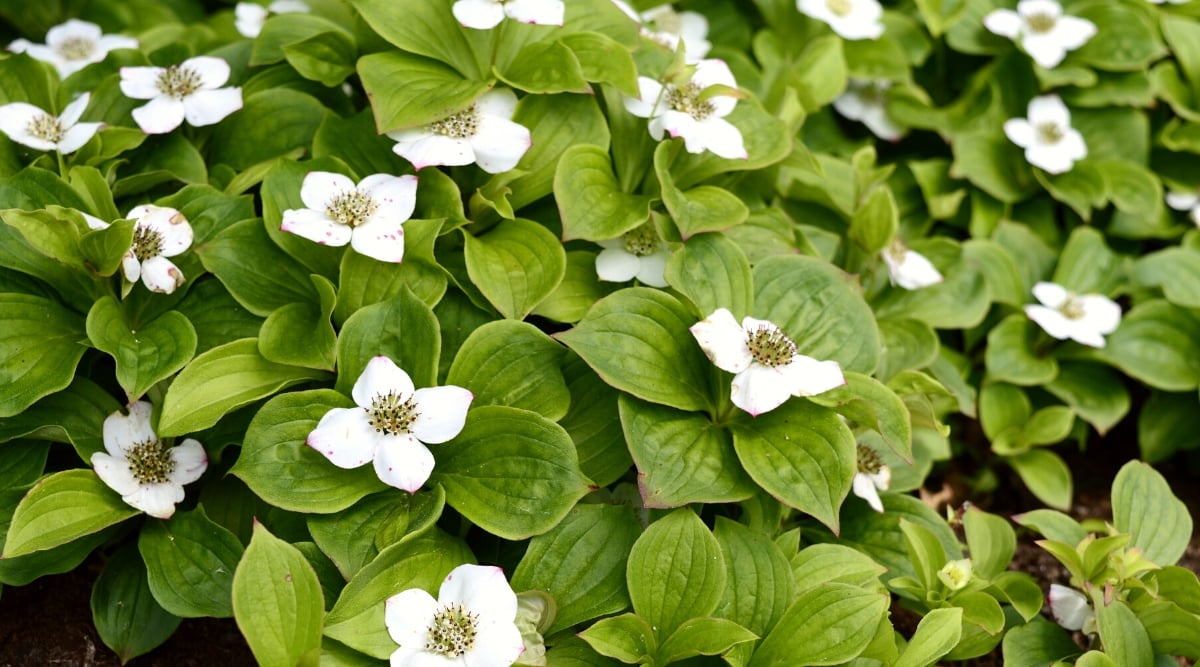

In case you develop in a colder house, you’ll usually truly actually really feel restricted by your choices for chilly, persistently moist soils. Enter bunchberry, which is more likely to be discovered rising even in Alaska. Acknowledged usually as creeping dogwood, dwarf dogwood, bunchberry dogwood, and Canadian bunchberry, this plant makes a attractive, medium-green flowering carpet.
In late spring or early summer season season, it blooms a cartoon-like white flower that options 4 pointed petals with a salt and pepper heart, nonetheless don’t anticipate flowers till not less than the third 12 months. In late summer season season, the blossoms selection tiny fruits that function meals for birds.
Bunchberry spreads by underground rhizomes so it expands pretty merely, nonetheless shouldn’t be planted in a excessive foot web page company home.
Creeping thyme
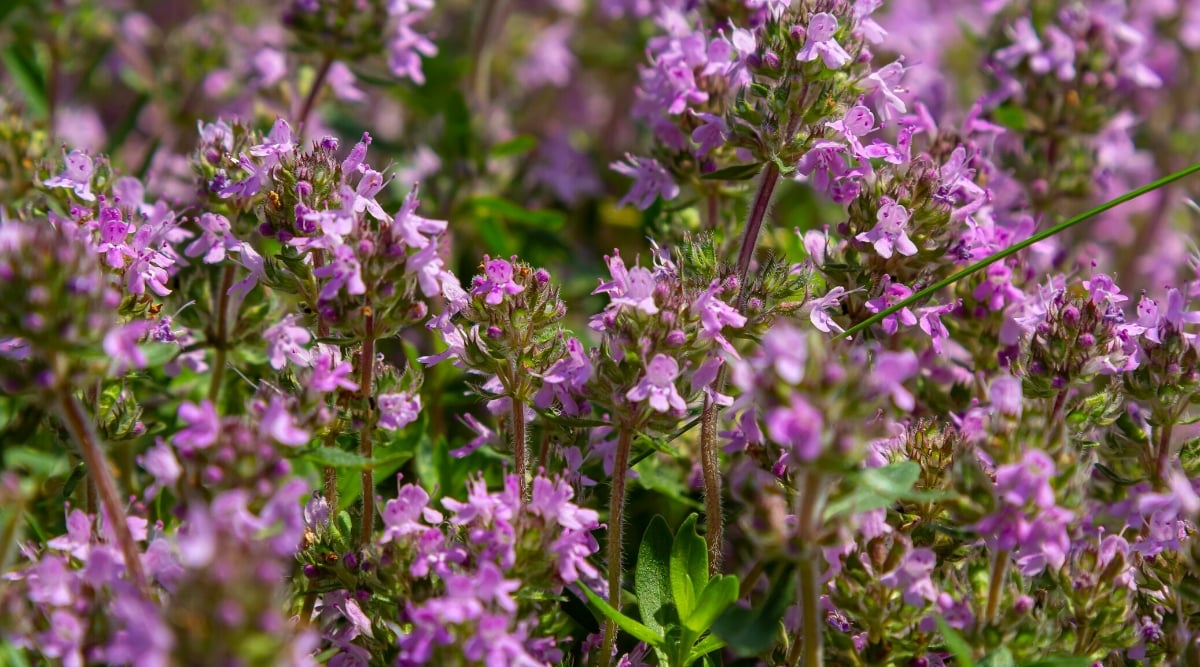

A flooring cowl that doubles as an edible herb and smells nice? Constructive, please! Creeping thyme is a stupendous darkish inexperienced and, when it blooms throughout the summertime, is roofed with small white, pink, or purple flowers.
It’s hardy in zones 4-10, making it an unimaginable selection for many growers. Pollinators want it, so watch out the place you step all through the yard. Creeping thyme grows very densely, and subsequently, it’s good for weed suppression. It might furthermore creep by rocks, retaining partitions, fences, or pathways, making the title ‘creeping thyme’ very acceptable.
Wild Ginger
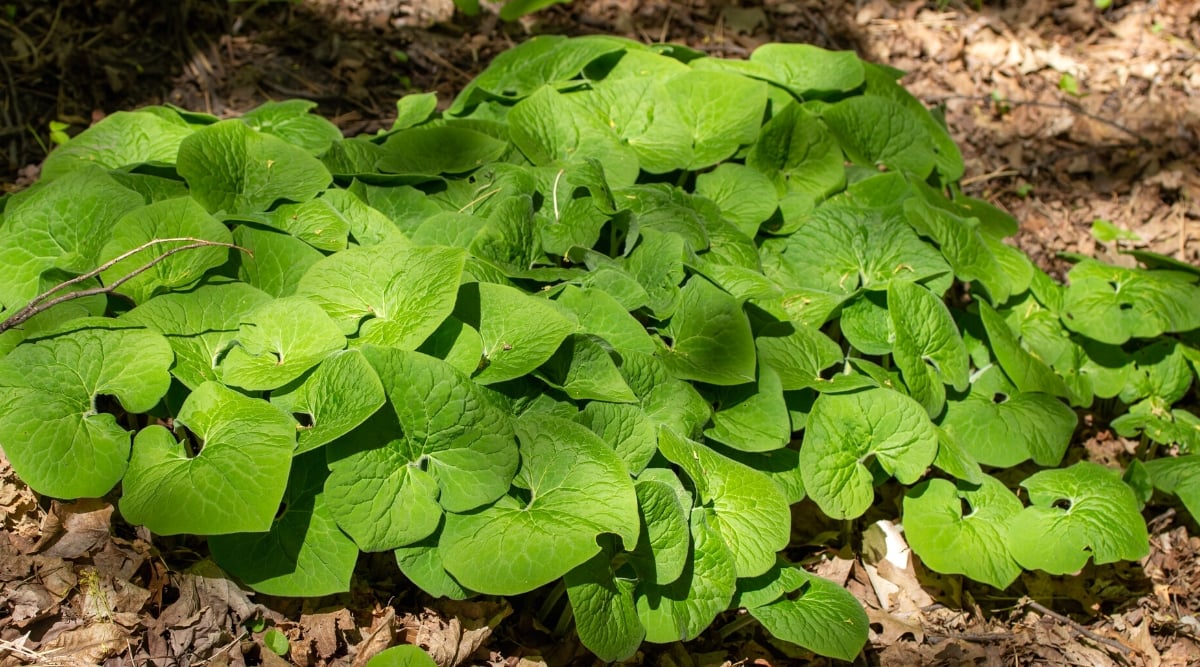

An underrated, dependable, and fascinating flooring cowl, wild ginger serves as a meals present for the Pipevine Swallowtail butterfly. Hardier and bigger than its cousin, European ginger, it survives winters all the way in which by which all the way in which all the way down to zone 3. Its shiny leaves are massive, darkish inexperienced, and heart-shaped. You’ll certainly not see the pendulous flowers that preserve beneath the foliage. These are pollinated by crawling bugs.
On account of it’s a woodland plant, it requires moist, well-draining soil that’s wealthy in pure matter. It thrives in full shade. Though it has a gingery type and aroma, wild ginger shouldn’t be for consumption and is of a plant household utterly absolutely utterly completely different from the culinary model (Zingiber officinale).
Give wild ginger 1-2 toes of house when planting. The plant spreads by the use of rhizome, making a dense carpet of foliage. Use it to fill in house shut by and between early spring bloomers. Divide vegetation all through the spring for the best success in transplanting and getting them established. You have to be able to take movement by the use of the rhizomes, which develop barely beneath the soil flooring.
Noticed Ineffective Nettle


Though this member of the mint household seems to be similar to stinging nettle, it gained’t harm you, subsequently the ‘ineffective’ half in its title. Nonetheless the hair on its oppositely organized leaves would possibly make you do a double take. It blooms in spring and summer season season with small white, pink, or purple flowers, and with the flowers come the bumblebees. Whereas the blooms are partaking, it’s usually grown for its lush foliage.
When planted in full shade, seen nettle, because of it’s usually generally known as, gained’t require a lot for watering. Though some growers are scared off by its expertise to unfold, seen nettle is an unimaginable danger for large, shady areas that want security, similar to newly constructed beds.
Expert tip: Develop this alongside Candy Woodruff, one completely different groundcover on this pointers, for a novel underplanting.
Creeping Phlox
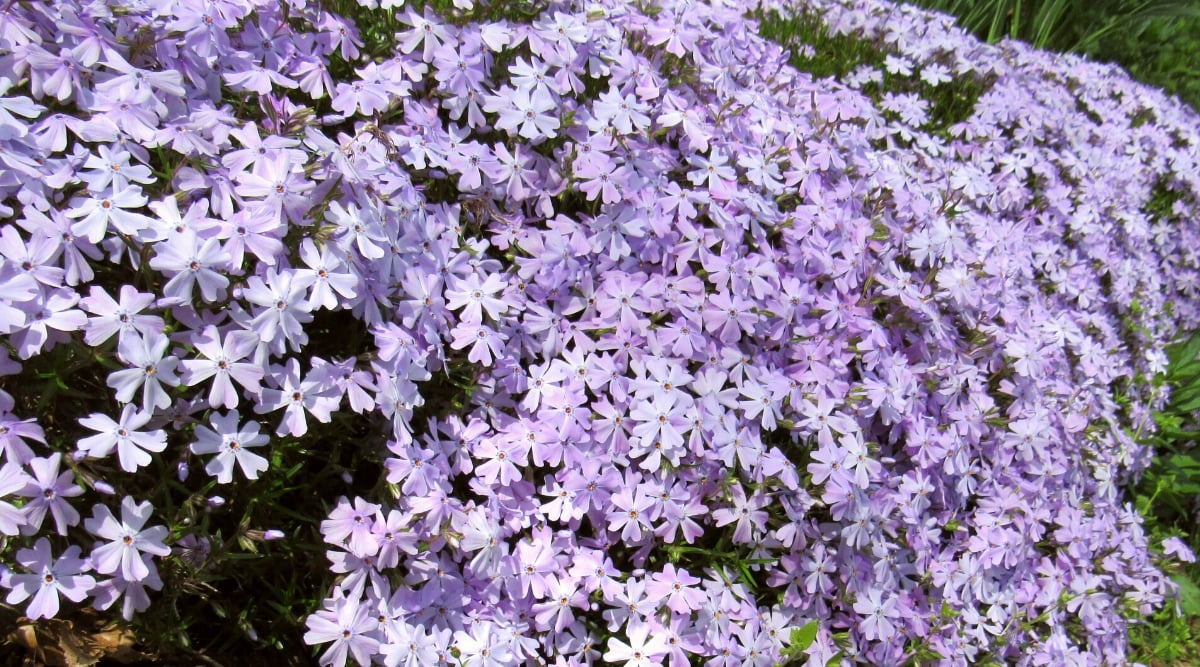

You’ll take note of upright flowering phlox, nonetheless have you ever ever ever heard of low-growing creeping phlox? Its pretty pale-hued flowers make it fairly the sight when rising in mass alongside border partitions, retaining partitions, and rolling sloped land.
Creeping phlox can also be generally known as moss phlox and might get its botanical title for its progress through stolon, or horizontal runners. These enable it to unfold, giving it a creeping nature. The darkish inexperienced oval leaves look superior even after the flowers have handed. Pruning is optionally obtainable, nonetheless it can probably shield the world wanting cleaner if spent flowers are eradicated.
Cut back weed stress when establishing creeping phlox as a flooring cowl and make sure the soil stays moist. Feed with a well-balanced and pure fertilizer all through the spring.
Creeping Jenny
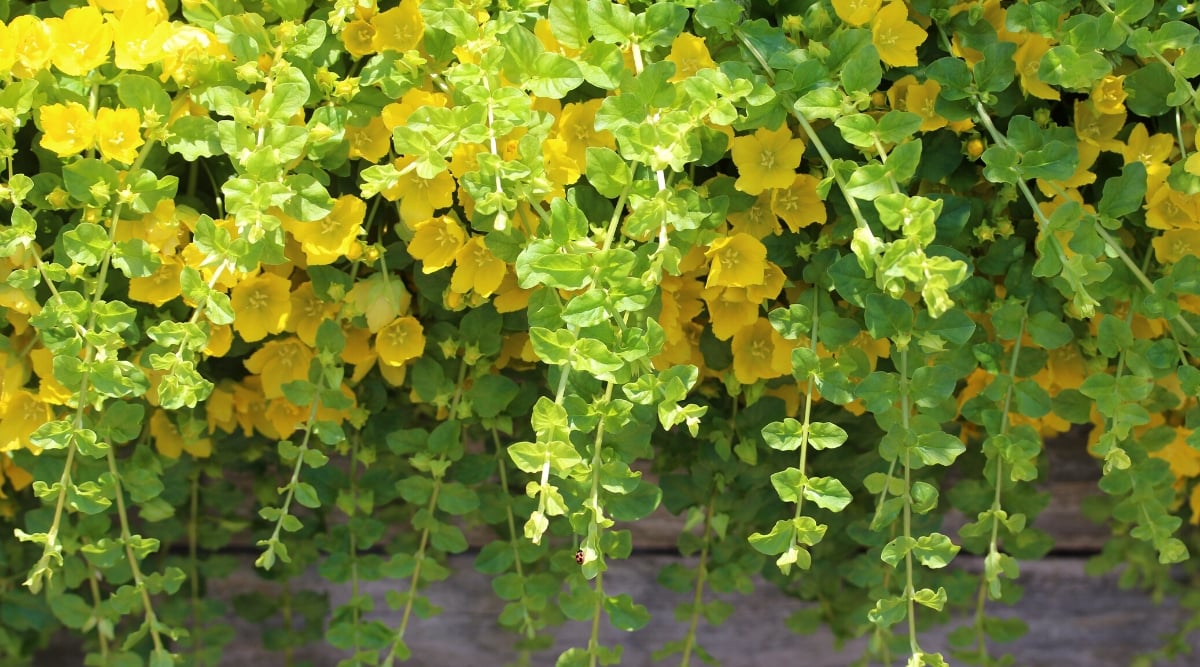

Grown principally for its pretty foliage, Creeping Jenny is a low-growing cowl whose leaves resemble little cash, incomes it the nickname moneywort. The small yellow, lantern-shaped flowers don’t final extended nonetheless are fairly cute.
As a consequence of its unimaginable progress price and experience to unfold, planting Creeping Jenny close to annual gardens isn’t instructed. Nonetheless, it covers ugly flooring areas similar to a as soon as extra deck or spherical a storage or yard shed very appropriately. Be careful for slugs, caterpillars, and aphids.
Jenny’s not categorical concerning the soil pH diploma nonetheless does want it to be well-draining. Whilst you might develop Creeping Jenny in full photograph voltaic, the leaves are usually extra yellow and normally flip into blanched. When grown with restricted photograph voltaic, they proceed to be a waxy, medium inexperienced.
Pansy
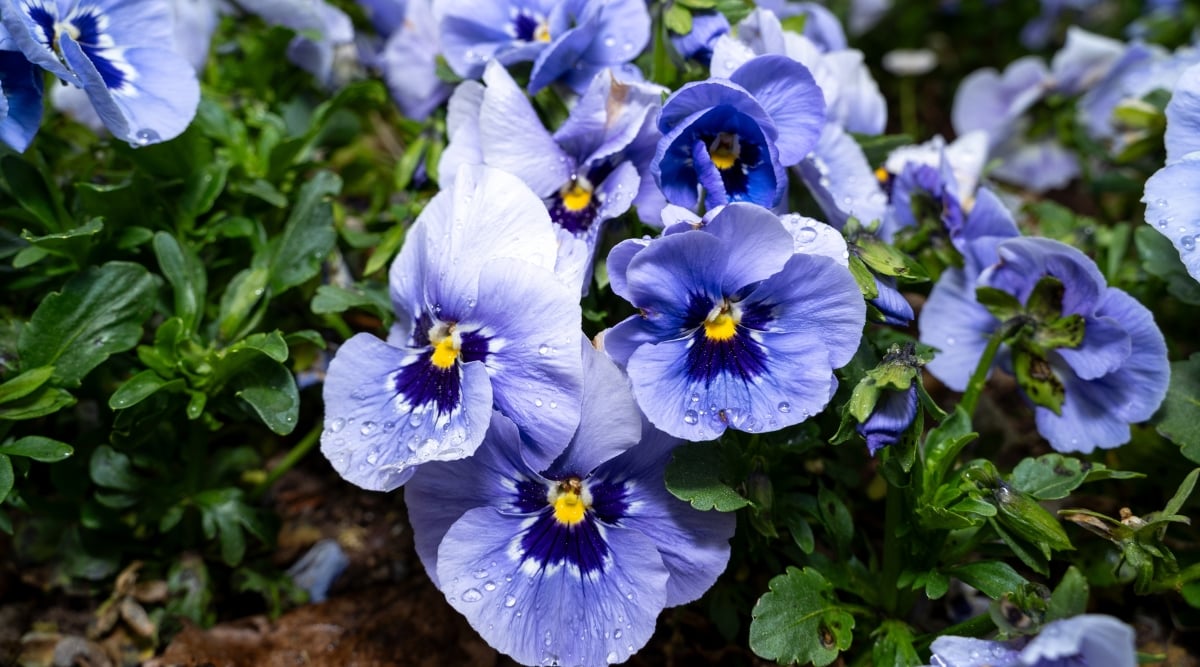

This one might shock you, nonetheless pansies do appropriately in shady areas and are nice cold-tolerant, making them a wonderful groundcover danger. Their foliage furthermore stays low to the underside and appears good after they bloom all through the spring and early summer season season. These members of the viola household readily reseed, making them straightforward to take care of.
Pansies had been bred from violas, and there are a number of absolutely utterly completely different flower sorts and coloration selections to select from. Presumably one in every of many essential fashionable is ‘Johnny jump-ups’, which look like a satisfying purple, yellow, and white “face”.
Attempt winter sowing them for the earliest spring blooms. Pinch as soon as extra dried-up flowers to encourage new progress. As a bonus, the flowers are edible.
Bearberry


This distinctive sub-shrub varieties a dense flooring cowl or trailing cowl for a wall. Its foliage is rounded, darkish inexperienced, and shiny, which transitions to a bronzed purple all through the low season. The plant consists of branching twigs and extended, versatile stems and selections alternating leaves. Small pink flowers bloom from Could to June, akin to small lanterns, merely ¼ – ½ inch.
This engaging and hardy groundcover thrives in sandy soils, rock partitions, and dry and rocky spots. It spreads pretty slowly by shallow rhizomes and doesn’t do appropriately when moved as rapidly as established. Resolve a spot you’re optimistic of, the place it’d possibly unfold over the following few years. Use a balanced fertilizer every spring to encourage new progress. Administration weeds for many fascinating outcomes.
Bearberries will play an important place in any yard ecosystem. Whereas the plant itself is pretty deer-resistant, the small pink berries are an important meals present for native birds and small critters, too. Fairly a couple of butterflies make Bearberry shrubs their dwelling. Good for chilly house growers, Bearberry is a extraordinarily cold-tolerant danger.
Wild Strawberry
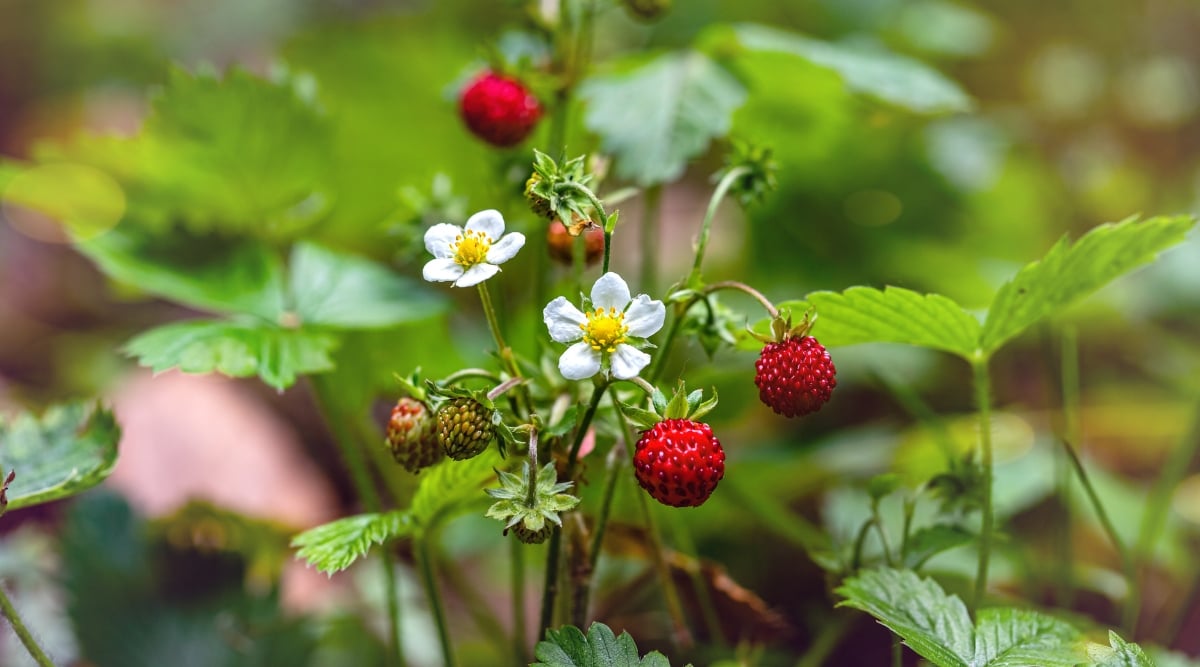

Presumably you’d like a reasonably flooring cowl that’s edible, too? Wild Strawberry spreads merely in shady beds, defending the underside with bright-green rosettes. In late spring to early summer season season, it produces lovable white flowers adopted by candy, scarlet berries.
Wild Strawberry can go dormant all through the midsummer warmth, so avoid it in arid, desert climates and shield it in full shade in areas with scorching summers to stop leaf scorch.
Whereas disease-resistant, powdery mildew can flip into an occasional drawback. Wild Strawberry varieties colonies by the use of runners, and is simple to transplant wherever your yard wants some coloration.
White Clover
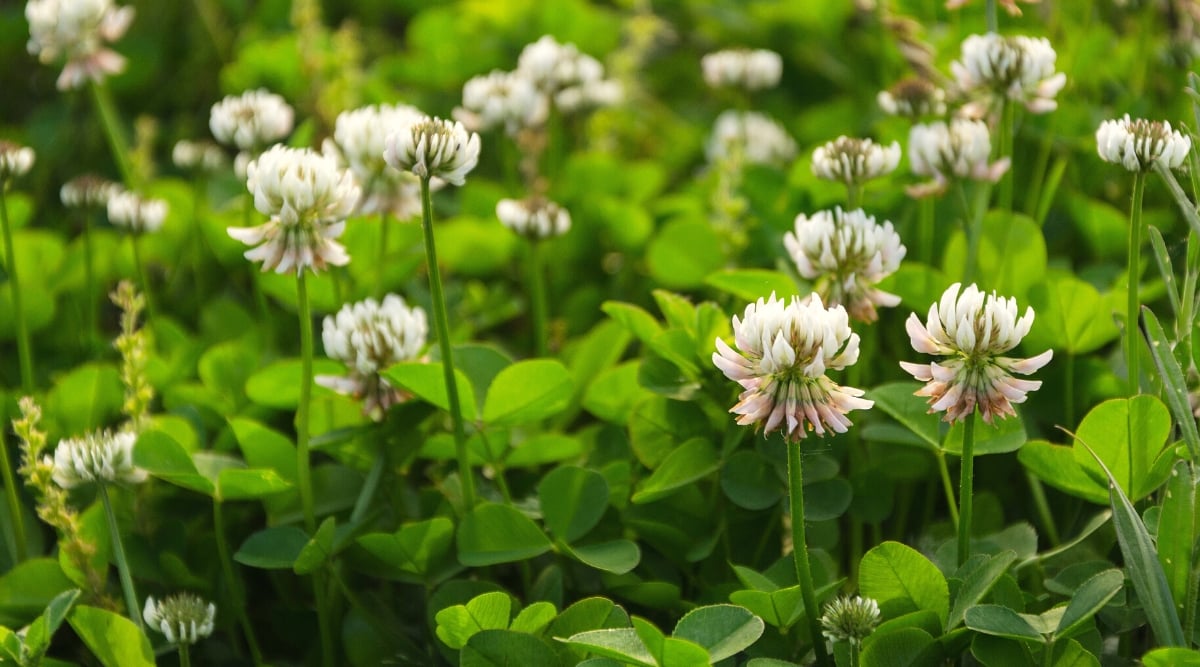

This spreading clover is simple to seek out out, thrives in shade, and can tolerate heavy foot web page company, making it an unimaginable danger for a shady rock yard or alongside a north-facing patio. It furthermore attracts helpful bugs, making it an environmentally good yard utterly completely different that stops erosion. And sure, it’s the an similar white clover that pops up usually in your yard!
White clover serves appropriately as a residing mulch that suppresses weeds in perennial fruit bushes and vegetable gardens. Michigan blueberry growers uncover rising white clover between rows of vegetation will enhance pollination. It is likely to be mowed, making it straightforward to take care of, and produces extra nitrogen than most utterly completely different legumes. Seeding is more likely to be merely adjusted to no matter scale yard you’ll have.
This flooring cowl can tolerate moist circumstances, dry spells, and pretty acidic soils. We planted this alongside a sloped retaining rock wall home behind our dwelling. It might care for canine foot web page company appropriately, too.
Woodland Stonecrop
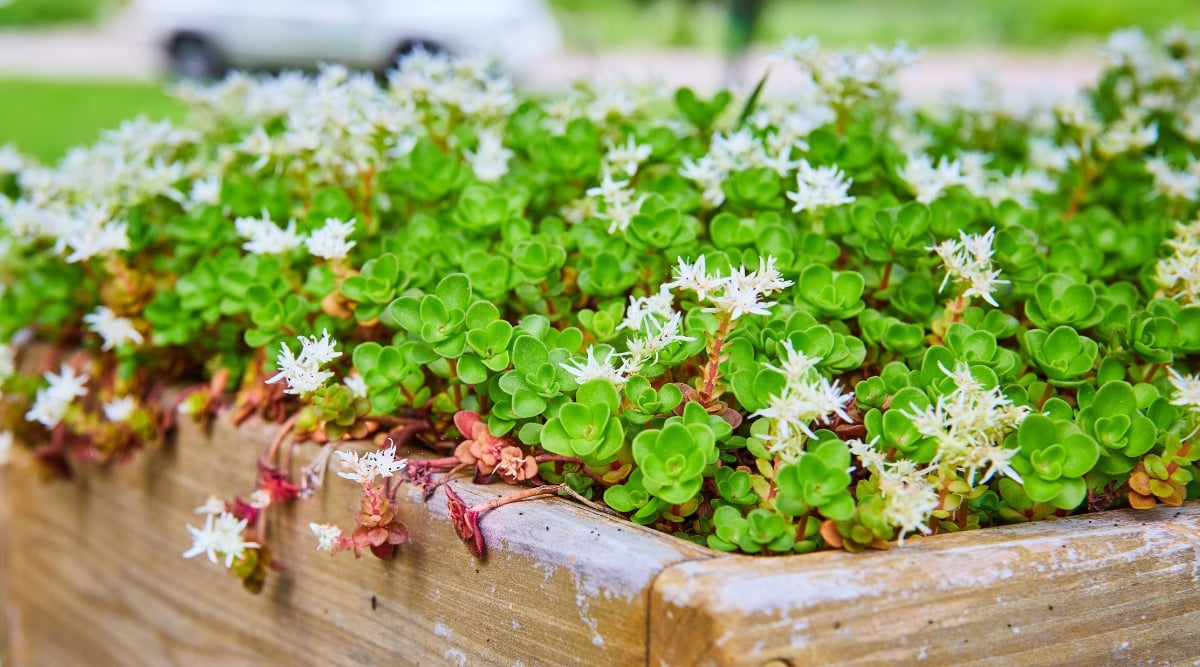

Furthermore usually generally known as wild stonecrop, this sedum blooms from March to June, relying in your house. Its flower is a small white one with pointy petals. What makes wild stonecrop absolutely utterly completely different from utterly completely different sedums is that it’d possibly tolerate moisture and shade elevated than others.
The North American native varieties a dense, trailing mat with its succulent foliage. It might fortuitously creep alongside rocks and in between cracks and crevices.
Propagate by ranging from seed, dividing, or taking cuttings from healthful vegetation. Cuttings is more likely to be taken at any stage all through the season and provide a straightforward option to create new sedum vegetation.
Candy Woodruff
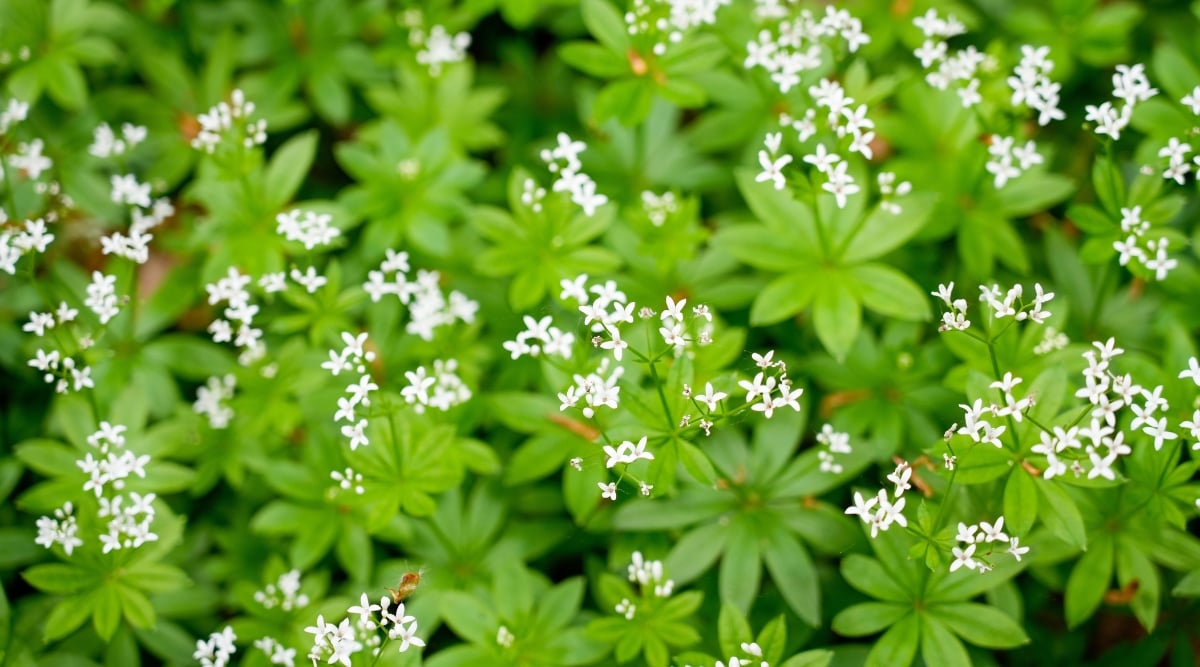

This herbaceous perennial blooms cute little white, 4-petaled star-shaped flowers with medium-dark inexperienced leaves. It’s an easy groundcover to develop, and it’s deer and rabbit-resistant in addition to.
Frequent names for candy woodruff embody wild baby’s breath and sweet-scented bedstraw. In case you similar to the scent of freshly lower grass nonetheless don’t should take care of the upkeep, candy woodruff is for you. It may well get merely broken when the photograph voltaic is simply too scorching, so plant it the place the photograph voltaic don’t shine. Whereas moist soil is hottest, it performs appropriately in dry shade as appropriately.
This perennial can unfold aggressively, so ensure you shield it beneath administration if there are areas shut by you don’t need it to take over. Give every plant not less than one foot of house, and divide massive vegetation by digging up clumps and transferring them to a mannequin new home or sharing them with a pal, similar to hostas.
Partridge Berry
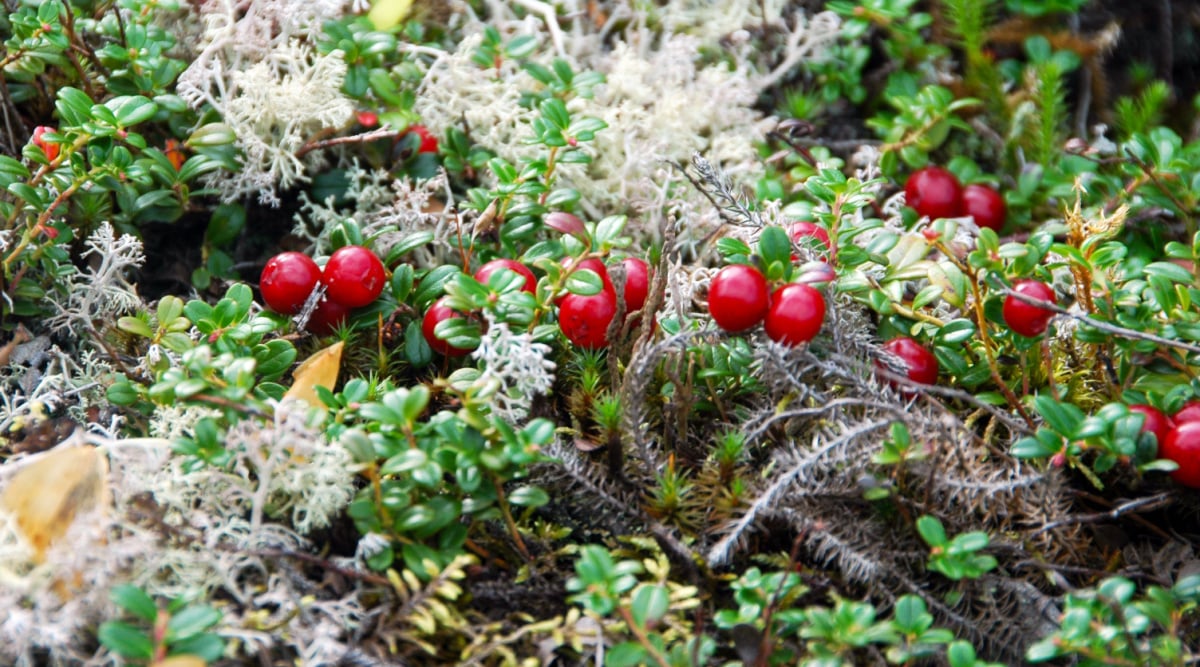

This ground-hugging decorative has eye-catching pink berries beloved by birds and small mammals. It’s an unimaginable selection everytime you’d like a wildlife-friendly flooring cowl in your shade yard.
Partridge Berry is native to Jap North America. It likes acidic soil and is a superb underplanting for acid-loving vegetation like blueberries and rhododendrons.
Cute and dainty, this hard-working flooring cowl blooms with aromatic, trumpet-shaped blush to white blossoms from spring by fall. It’s normally unbothered by pests and diseases.
Brass Buttons
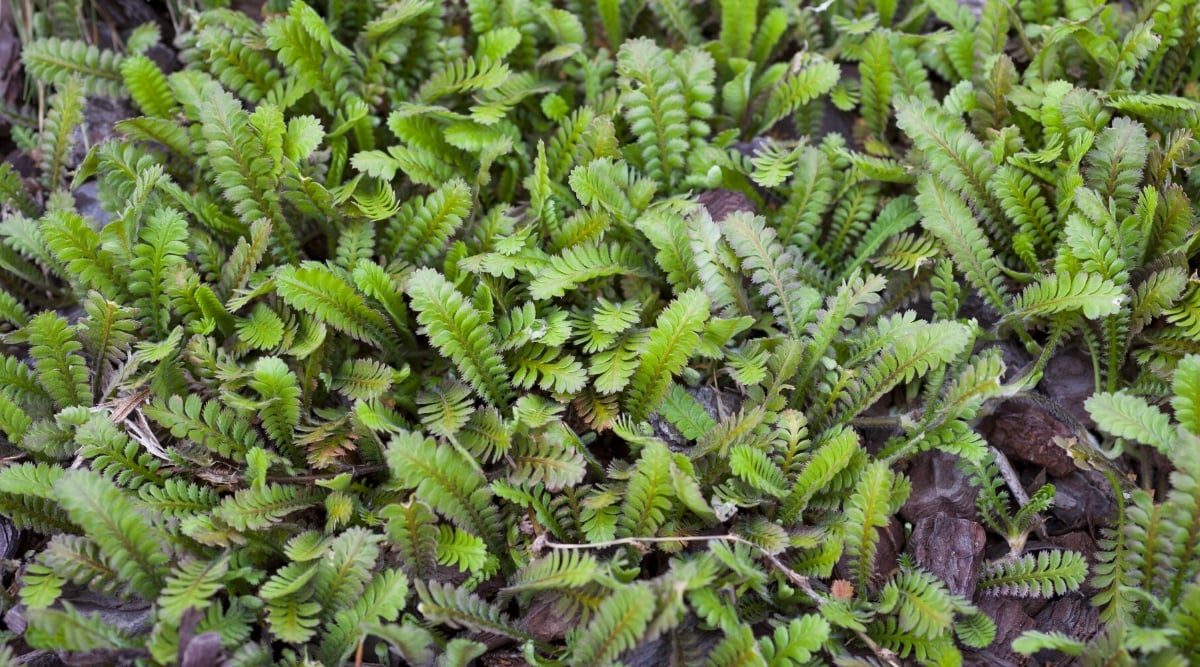

This funky, fern-like perennial is true for gardeners with varied new house to fill with quite a few soil conditions. When grown all through the shade, fewer of its yellow flowers will bloom, nonetheless the purplish inexperienced foliage is completely pretty with out them. ‘Platt’s Black’ is a cool danger with distinctive darkish purple leaves with inexperienced options.
Brass buttons unfold shortly and will probably be utilized as a yard utterly completely different as they will care for some foot web page company and require little repairs. There aren’t many pests or illness factors, nonetheless be careful for aphids all through the spring.
Maintain the soil pretty moist, nonetheless don’t overwater to avoid root rot. Brass buttons like pretty acidic soil. An excessive amount of photograph voltaic scorches the leaves, making it an unimaginable danger for shady areas. Attempt lining pathways with it or permitting it to unfold between stepping stones and rock partitions.
Inexperienced and Gold
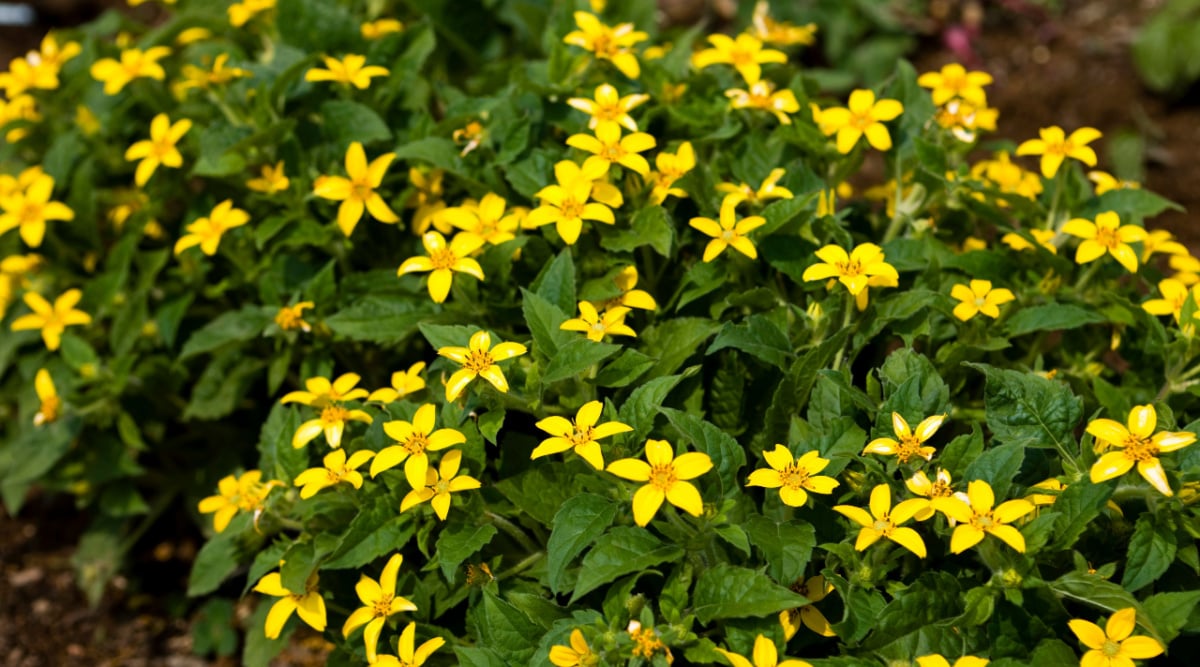

This engaging flooring cowl, furthermore generally known as “the golden star plant” is native to the jap United States. It’s an unimaginable utterly completely different to invasive Pachysandra.
Inexperienced and Gold is low repairs. It varieties a low-growing mat of deep inexperienced leaves. In early spring, it blooms with vivid yellow, daisy-like flowers. A vigorous grower, it can probably unfold quickly to fill in your shady yard areas.
This flooring cowl prefers persistently moist (nonetheless not soggy) soil. Inexperienced and Gold is simple to transplant and likewise seems to be good in pots and containers. It’s hardly bothered by pests or illness, nonetheless look forward to uncommon slug and snail harm.
Heartleaf Brunnera
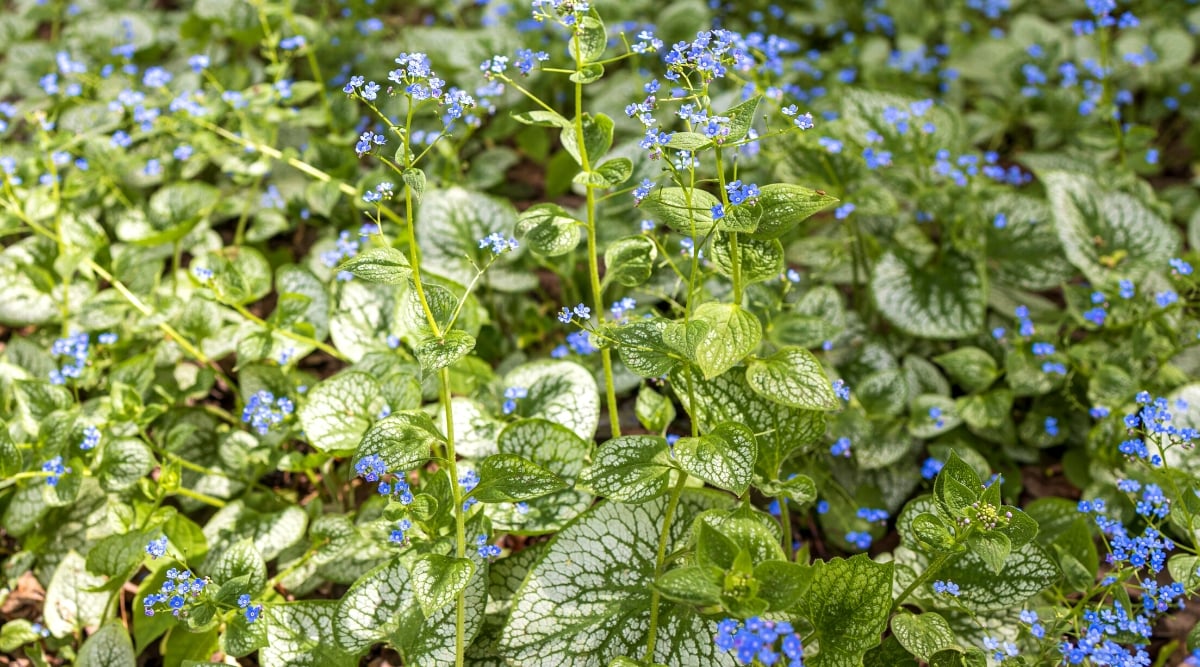

Typically referred to as false forget-me-nots ensuing from their flower resemblance, Heartleaf Brunnera selections tiny blueish-purple flowers all through the spring alongside broad, heart-shaped, nearly iridescent leaves. The hairs on the leaves of this woodland plant make them unattractive to deer and rabbits.
This magnificence thrives all through the shade, spreads slowly underground, and is simple to care for, making heartleaf brunnera a fan favourite. Some cultivars’ colours will possibly be barely subdued when grown all through the shade nonetheless stunning nonetheless. This flower gained’t carry out most fascinating in extended scorching, humid circumstances, though some silver-leafed varieties like “Sterling Silver’ tolerate it merely nice when afternoon shade is supplied.
Deadhead this magnificence all by the use of the season to care for progress healthful, eradicating any yellowing leaves or passed-by flowers. Brunnera would possibly self-seed, nonetheless undesirable seedlings are straightforward to tug up.
Closing Ideas
I hope you found a shade-loving plant that matches your wants. Or maybe you rediscovered a plant you haven’t grown shortly. Blissful flooring defending!
